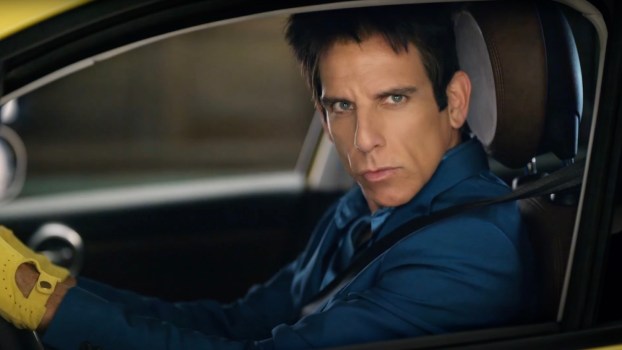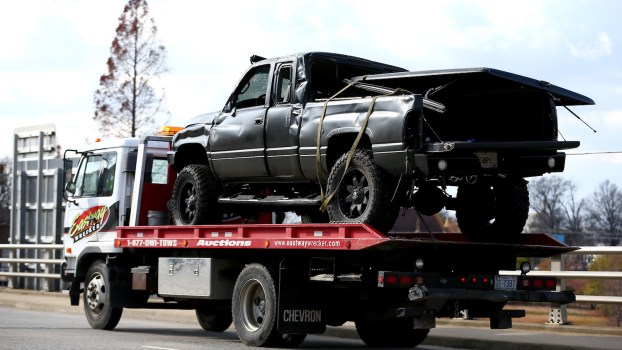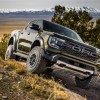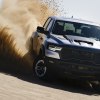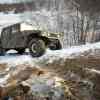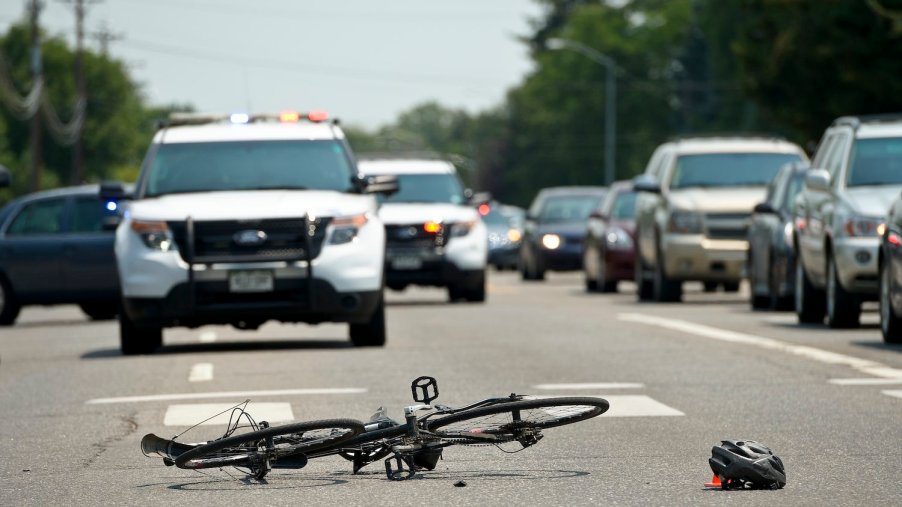
Here’s What Real Pickup Owners Say About Bigger Trucks Causing More Pedestrian Deaths
The results are in: the IIHS reports that taller, more upright cars and trucks are causing a shocking rise in pedestrian deaths. I reposted the findings to my Twitter, pointing out that forward-facing parking cameras might solve the tall hood issue but not the bloated A-pillar issue. Pickup truck owners and other automotive enthusiasts came out of the woodwork with interesting comments on the pedestrian death issue.
‘Taller, more upright vehicles deadlier for pedestrians’ – IIHS
The IIHS report on trucks I reposted is sobering. “Pickups, SUVs and vans with a hood height greater than 40 inches are about 45 percent more likely to cause fatalities in pedestrian crashes than cars and other vehicles with a hood height of 30 inches or less and a sloping profile…On some large pickups, the hoods are almost at eye level for many adults.”
Tall trucks with tall grills and big A-pillars are trendy in the U.S. And this fashion has turned deadly, causing record numbers of pedestrian deaths in some places. The number of pedestrian deaths is up 59% since 2009. IIHS President David Harkey concluded, “It’s clear that the increasing size of the vehicles in the U.S. fleet is costing pedestrians their lives.”
Twitter commenters didn’t mince words either: “the current truck design trend of looking like a cinder block on wheels is ridiculous (think of the aerodynamic truck designs of the late 90s and early 2000s)” – pat.c_LS3. Eliite added, “notice how this is only a problem in america lol”
Pat.c_LS3 continued, “My thinking is that instead of adding all this tech (which adds unnecessary weight), car designers need to design vehicles with fewer blindspots without compromising structural integrity and without the need for vision aides. Drivers also need to pay better attention overall.”
Forward-facing cameras might save lives
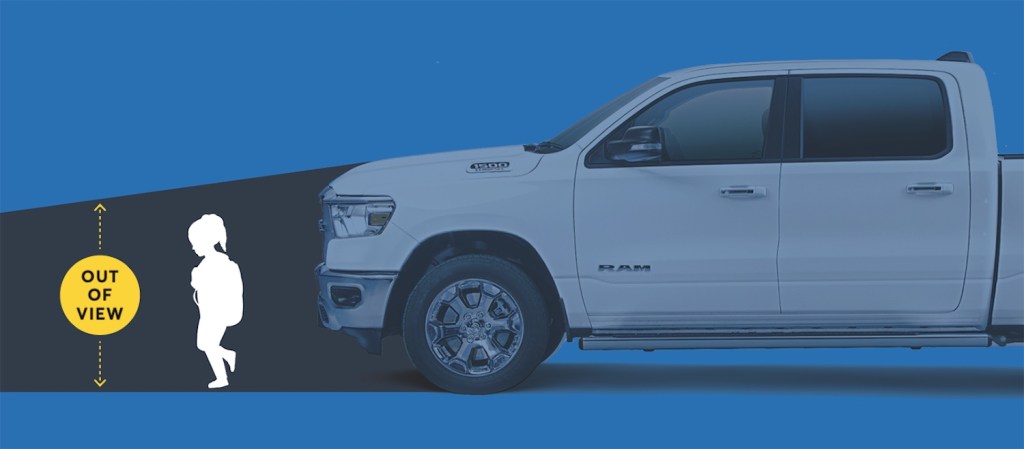
We can all agree that the blind spots in front of trucks and SUVs are dangerous for pedestrians. One user shared a scary recent experience.
“Had a incident where a young kid was sitting on the curb leaning against handicapped parking pole. I pulled into spot with (08 Tahoe) and he was fully blind spotted under that hood and only noticed something was off were the random people getting agitated and stopped he was froze…Frozen in place. It scared me. so badly. I didn’t pull all the way up but easily could have smashed him had i not noticed the other people reacting oddly to me pulling slowly forward. I went in and spoke with both Mom and kid just bc I felt so bad…”
@Blastronimus
Some drivers are already installing aftermarket forward-facing cameras: “i installed my own front camera,…as per driving .ca article with loraine,…should be standard on large vehicles,…;0” – @dodge73727961
Ed feels his factory-installed camera makes his pickup truck safer for pedestrians than certain crossovers, “I love the 360° camera on my F150 for parking. My Murano has terrible forward visibility and would definitely benefit from some changes.”
However useful forward-facing cameras might be, they are a new technology, so they add to the overall cost of vehicles, and not everyone trusts them to be reliable:
“I think a front facing camera is going to be more of a nuisance then anything else, having your infotainment blank out while your in the middle of doing something is going to create more distraction and fuss then having big blind spots because your attention is now shifted away…Front parking or sonar sensors would be a much more reliable and less invasive solution but the best solution is for manufacturers to not make such obnoxiously large cars, and for American consumers to stop placing priority on how “mean” a car looks and more on its usefulness.”
– Gabapentin Gyal
Gabapentin is not alone: Young’s Modulus agreed, “More tech is not the answer. Simply cars, lighten them, and make them smaller”
“These [cameras] are already a thing. But massive cars are an epidemic and not everyone looks at cameras. The only way to solve this issue completely is to get rid of unnecessary massive vehicles. They aren’t safe for the driver or pedestrians.” – Maylise Olson
Even if cameras or parking sensors increase visibility, visibility isn’t the only problem caused by tall hoods. Levi Betz made an excellent point, “It’s not just about visibility, it’s also about hood height and the damage that does to a pedestrian.” The IIHS findings are because a pedestrian has a chance to roll up onto the hood of a low car. But they are much more likely to be struck in the head and roll under a tall truck with a high hood. This dramatically increases the chances of pedestrians–especially little ones–dying during a collision.
“Just make dangerously tall hoods with big blindspots in the front of the vehicle illegal. This bloated truck trend has gotten ridiculous and trucks don’t need that giant 6 foot view blocking hood to do their job…I owned a 2002 Tundra. The hood was tall, but nothing like the current generation Tundra/ GM/ Ford/ Ram. Current generation is like pushing a cliff face around town. They don’t need to be 6+ foot tall.”
– O G R E
Other users agreed with them. Rivers said, “This is the real solution… No tech needed… Make cars smaller.” Gabapentin Gyal concluded, “There we go, cameras are a Bandaid and expensive…”
Bloated A-Pillars are a complex problem
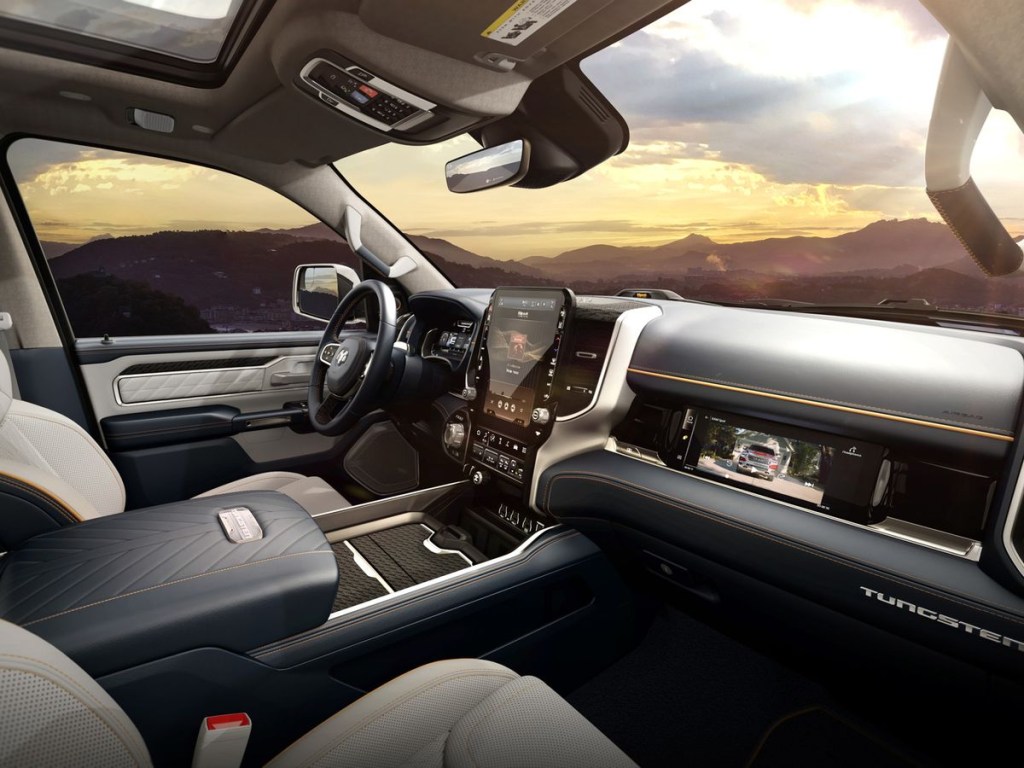
Here’s a puzzling statistic: the chances of a fatal intersection crash involving a left-hand turn are four times higher for trucks. The answer may be the bloated A-Pillars between the windshield and front windows of modern pickup trucks. The pillar closest to the driver’s face creates a blindspot big enough to hide pedestrians.
When I asked Twitter how to solve the problem, MinisterofDOOM said, “There has to be a way to move the curtain airbags somewhere less obstructive.” So I did some research and found that the side curtain airbags usually deploy from above the windows, not the meat of the A-Pillar. The bloated pillars are due to structural issues.
Buckwheat said, “I like my bloated A pillars. Way stronger than the ones on my 90 Dodge.” Preference aside, why are A-Pillars so much bigger?
Jonathan Peterson weighed in: “Roof has to support the weight of the vehicle in case of a rollover. As heavy as cars are now, they’ll never shrink again.” Jil McIntosh is more hopeful vehicles will get smaller: “Reducing needless vehicle height and bulk would be a better idea than adding more technology.”
Even if vehicles of a given segment don’t shrink, drivers may opt for smaller segments (such as trading that SUV in for a wagon). In the electric era, this choice could offer a ton more range. But this may pose another issue.
A vertical A-Pillar, such as the one supporting the windshield on Buckwheat’s 1990 Dodge Ram, does not have to be particularly beefy. Its vertical orientation means that it can easily support the vehicle incase of a rollover. A modern Ram has a slanted windshield to improve aerodynamics. This orientation means that the A-Pillar must be much larger to support the same weight. Electric cars will remain as aerodynamic as possible to maximize range.
Mack Murphy suggested “Blind spot monitoring for A pillars.” We’ll have to wait and see how such a feature would even work and spot pedestrians. But considering the number of deaths, I hope automakers come up with something soon.
Next, find out how one state is fighting pedestrian deaths with a “bloat fee” on big rigs, or learn more about the problems with big truck designs in the video below:
